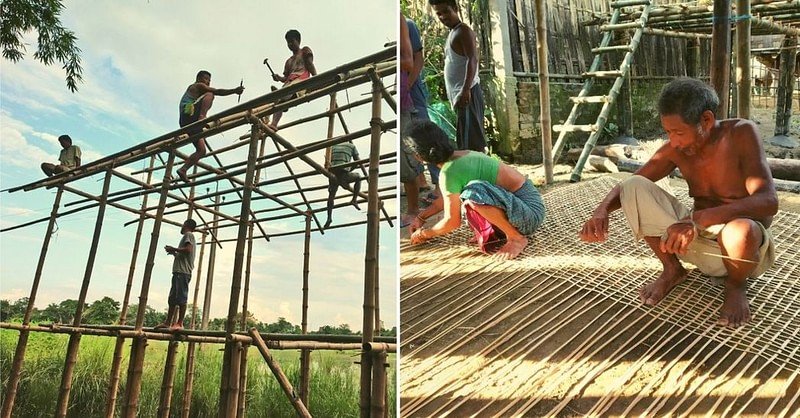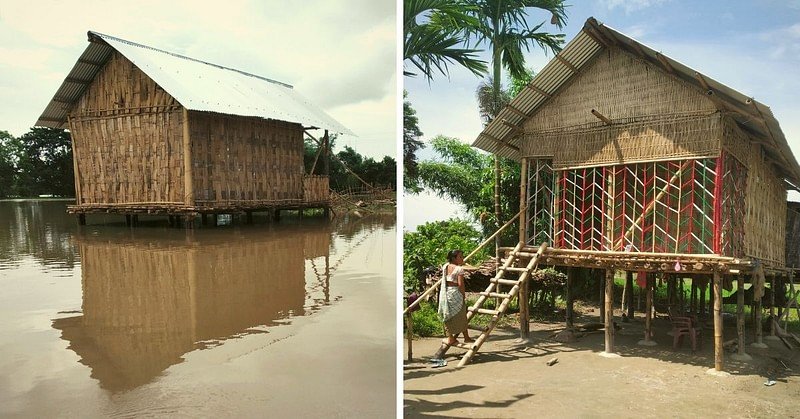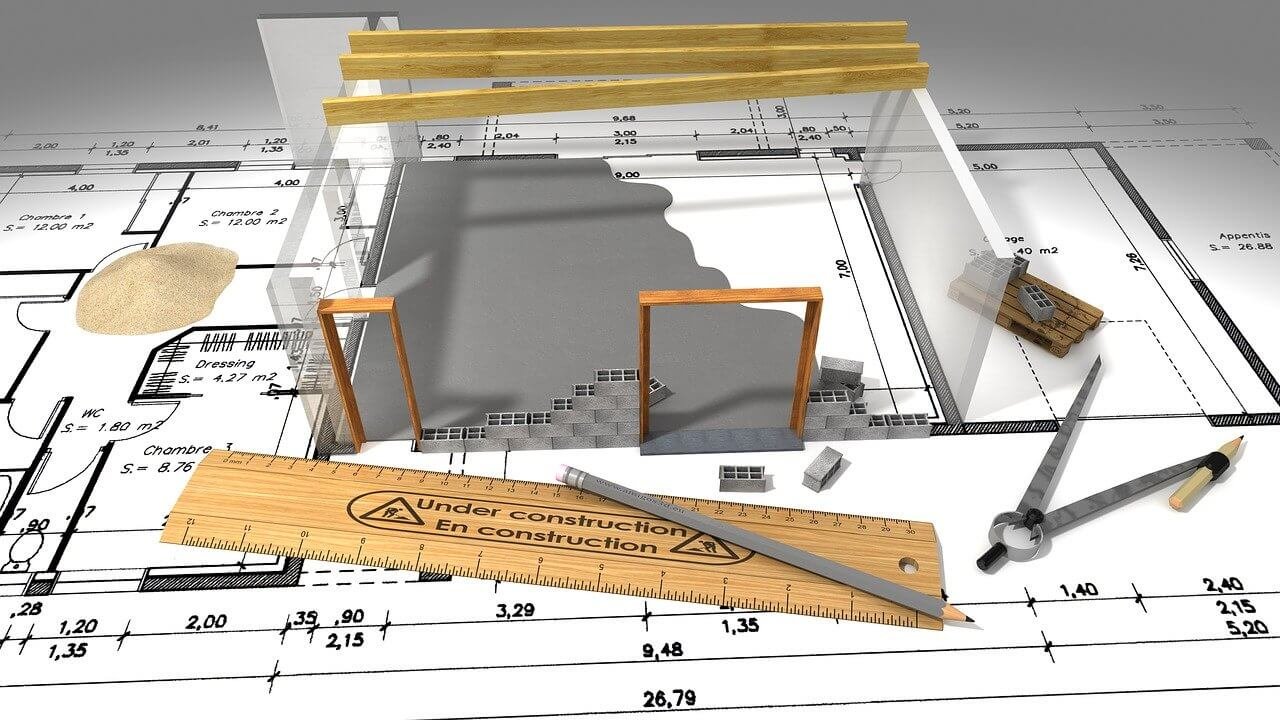Stilt homes are residential structures raised on stilts to a higher level than a conventional house. These types of houses are popular in ecologically sensitive areas. They’re mostly constructed in flood-prone areas. Where a regular house is built on the ground, stilt houses are elevated on sturdy stilts to minimize flooding and pests and rodents.
The Appearance of a Stilt House
Stilt houses are constructed for various reasons other than just flooding. For e.g Stilt houses in the Arctic region protects the residents from impact by permafrost. It is an effective way to keep the stability of the permafrost.
These houses can be constructed out of cement, wood, stone, bamboo, or even mud, depending upon where the house is located. Most of these houses are seen in the countryside but with modern design trends, these can be located in urban areas as well with slightly modified design with a new approach. Traditional stilt houses developed throughout areas, keeping certain architectural elements from the past while renovating others to suit modern-day lives.
Peek into Assamese Architecture
Assam, located in North-East of India is well-known for its natural green beauty. Assamese architecture is inherently climate-oriented with never-ending monsoons and the friendliness, warmth of its people. Every aspect of Assamese homes including materials, construction techniques, form, and the landscape reflects an age-old heritage based on the climate and vernacular traditions.

Houses in Assam play with the levels, with several Assamese homes constructed on stilts to keep the rain and floor water out of the interiors. The house’s plinth is generally maintained high.
It is an ideal approach for cities to keep roadway dust out of the house, and the best solution for the houses built on the river’s edge. This type of house enhances the natural light and air circulation inside the house and the foundation set is made easier for this type of construction.
When it comes to building a vernacular Assamese home, the main requirement is to make the form as light as possible, earthquakes and landslides being the reason behind that. Since Assam is prone to frequent earthquakes, the need of the hour is lightweight renewable materials for house construction to avoid destruction and disaster. Bamboo, a locally available material, is undoubtedly an appropriate construction material.
Bamboo is a very robust construction material aiding in extremely long-lasting and termite-free construction. Assamese homes have slanted roofs with wood frequently being used in conjunction with the metal sheets.

The interiors of these beautiful cottages, nestled among the greens with a rustic appearance and feel of timber and bamboo are ornamented with handicrafts waved from caner and bamboo. These act as a visually appealing element in the interior spaces.
Assam Houses on Stilt: Lifesaver

Every year, Assam is overwhelmed by the monsoon which leads to floods sweeping away everything they encounter which includes human settlements to the rice fields.
In 2017, Assam saw one of the worst floods in its history. The community banded together, with local assistance, to bring the property back to life. One of the first things they did was build bamboo stilt homes. Stilt bamboo houses are most often found in Golaghat, Assam, India, where they are most suited for flood-prone regions. Locals learned to make things out of bamboo due to the abundance of high-quality bamboo, including durable dwelling shelters. Given that the region was flooded about three times a year, such dwellings were virtually a necessity. In contemporary times, technology has been used with indigenous expertise to create bamboo stilt buildings that are appropriate for this area.
The Native Wisdom of Assam

Natural calamities are a challenge to the architectural industry to look for solutions that may aid in human survival. The answer to this challenge often lies in the old traditional practices belonging to that area.
One such example can be seen in the case of Assam.
Assam- a welcoming land with the warmth of its residents and natural landscaped beauty took inspiration from traditional architecture and generated home designs strong enough to withstand nature’s wrath. All it took was the knowledge of the native wisdom of Assamese architecture.


